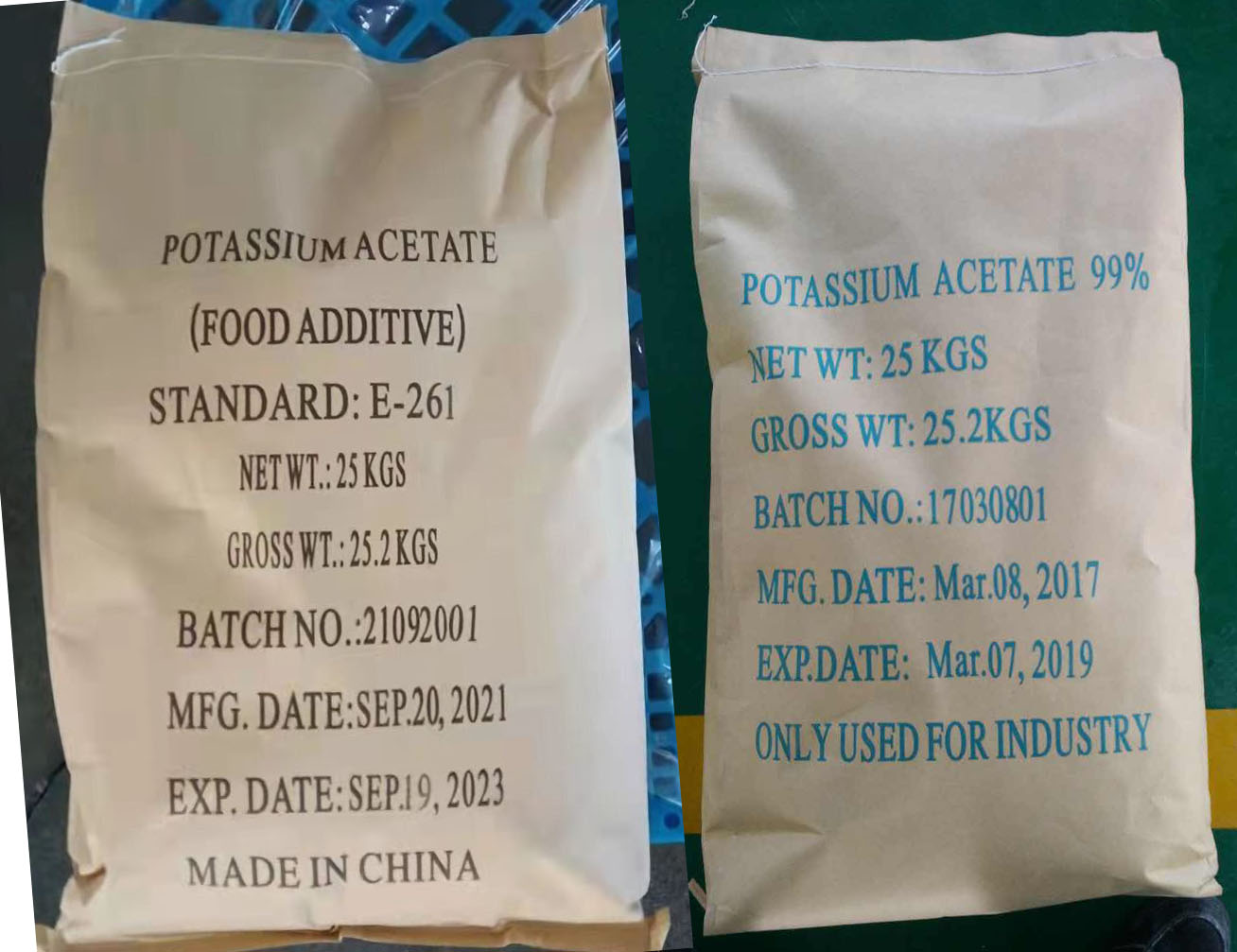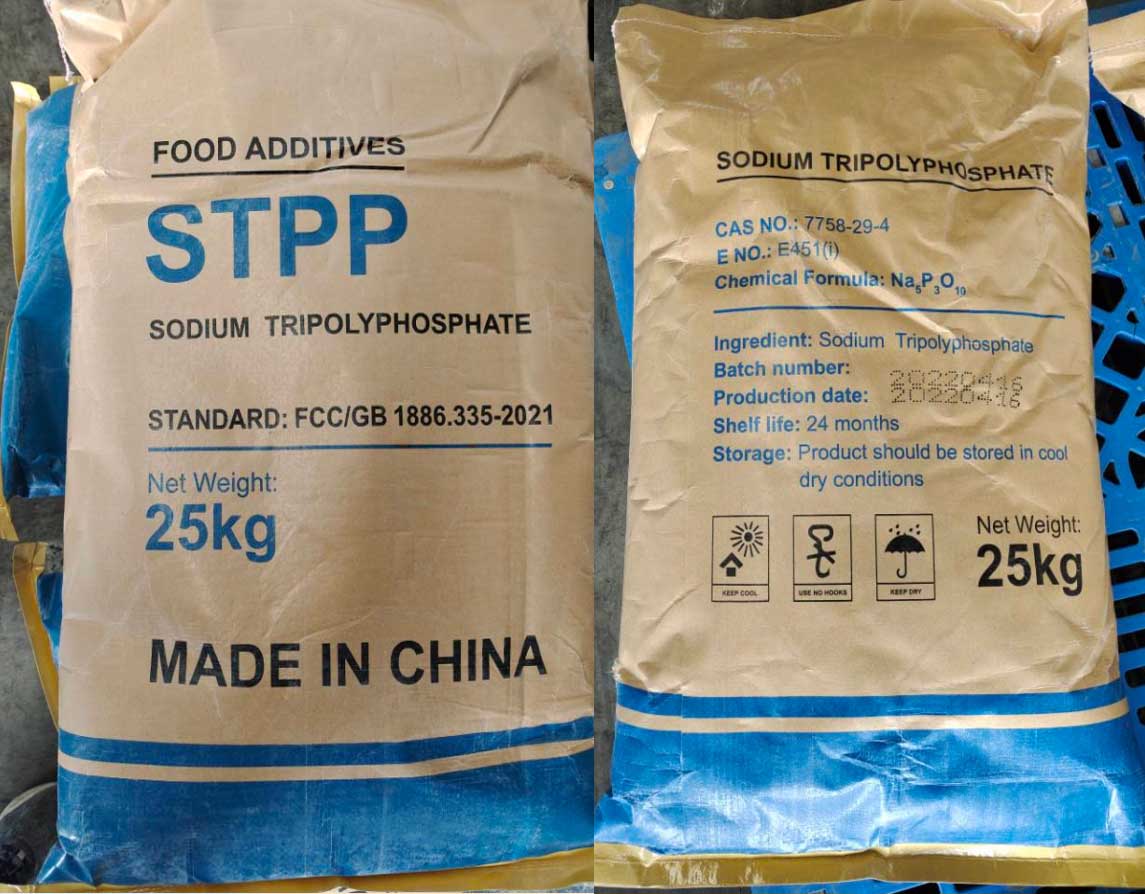Functions of Phosphates in Meat Products:
Water Retention
Phosphates increase the water-holding capacity of meat. They raise the pH of the meat, causing proteins to unfold and bind more water. This reduces cooking losses and makes the meat juicier.Improved Texture
Phosphates help solubilize myofibrillar proteins, improving the binding properties of minced or processed meats. This creates a firmer and more cohesive texture, especially in products like sausages, nuggets, and ham.Color Stability
By stabilizing the pH and reducing oxidation, phosphates help maintain the natural color of fresh meat, preventing discoloration during storage.Flavor Preservation
Phosphates can chelate metal ions that catalyze fat oxidation, slowing down rancidity and preserving the flavor of meat products.Shelf Life Extension
By controlling microbial growth and preventing oxidation, phosphates help extend the shelf life of processed meat.
✅ Common Phosphates Used in Meat Products:
Sodium Tripolyphosphate (STPP)
Tetrasodium Pyrophosphate (TSPP)
Sodium Hexametaphosphate (SHMP)
Sodium Acid Pyrophosphate (SAPP)
These phosphates are often used in combination to balance water retention, texture, and flavor.
✅ Typical Dosage of Phosphates in Meat:
The dosage depends on the specific product and regulations, but common levels are:
0.3% – 0.5% in the final product.
Most countries limit phosphate usage in meat to ≤ 0.5% of the total product weight.
✅ Applications in Meat Products:
| Product Type | Purpose of Phosphates | Typical Dosage |
|---|---|---|
| Ham and Sausages | Water retention, texture improvement | 0.3%–0.5% |
| Bacon | Color stability, flavor preservation | 0.3%–0.4% |
| Chicken and Poultry | Juiciness, tenderness | 0.3%–0.5% |
| Frozen Meats | Prevent thawing loss | 0.2%–0.4% |
| Meat Marinades | Enhance moisture and yield | 0.3%–0.5% |





